Lazer Vento KinetiCore helmet review - World Tour winning and top-rated safety
Designed to be fastest with your head at an aggressive 15°, whether it was the helmet or mostly the position, I felt like I was gliding
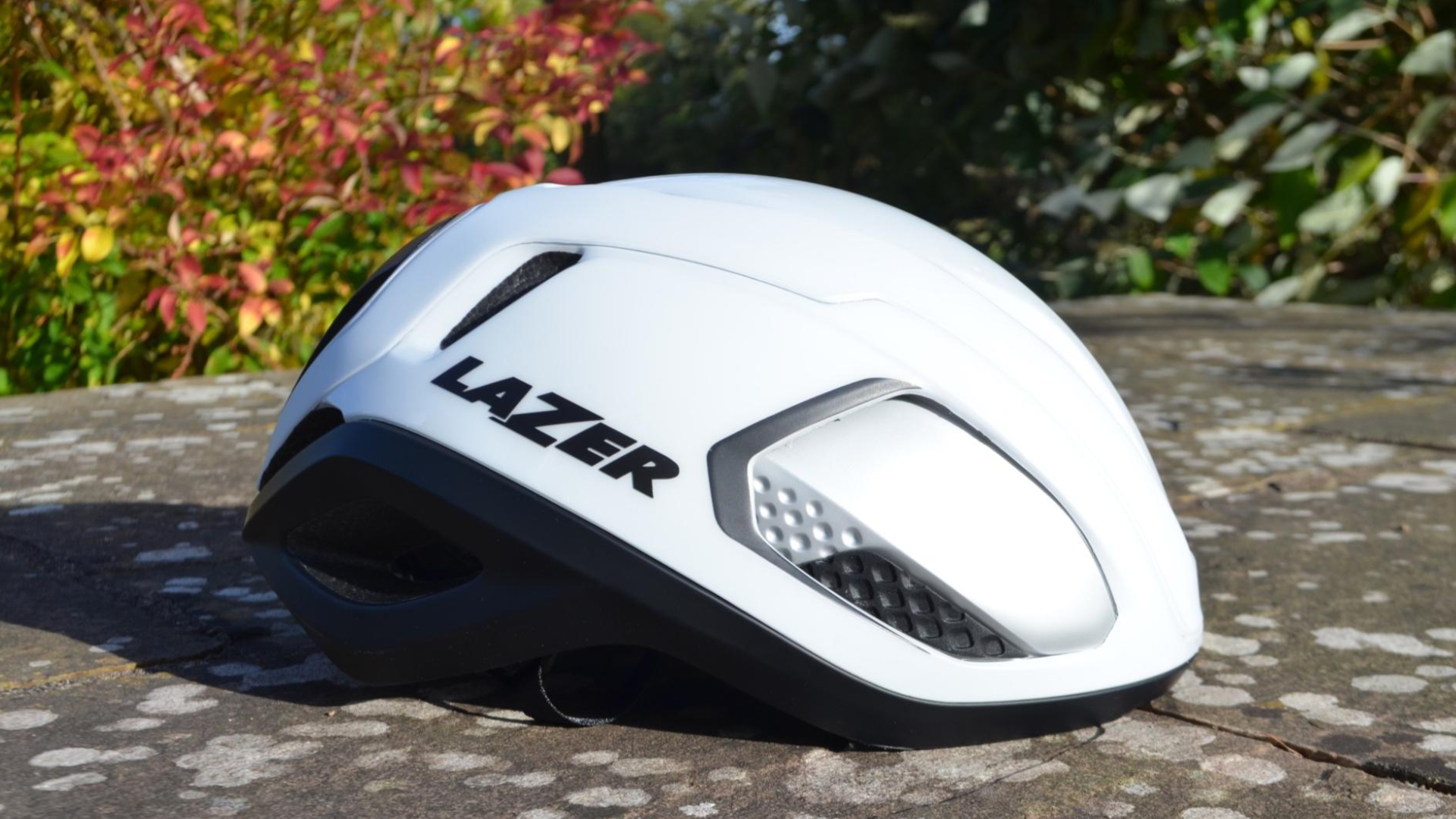
A comfortable helmet which feels fast on the road and offers a good amount of ventilation when travelling at speed. Being an aero helmet, it’s never going to have quite the same ventilation as a dedicated climber's helmet – but it does a good job compared to other pure aero shells. The glasses port is not the best, and both the weight and the price are on the higher end of the scales. However this helmet does succeed – with independent testing confirming this – as being a very safe helmet with Lazer's own anti-concussion technology.
-
+
Feels fast
-
+
Ventilation is decent
-
+
Independently verified 5-star safety
-
+
Secure feel on head
-
-
Expensive
-
-
Glasses storage difficult to use
-
-
Not the lightest
You can trust Cycling Weekly.

I’d recommend people read Lazer’s ‘about section'' with their ode to Henri Van Lerberghe winning the 1919 Tour of Flanders, the same year Lazer was founded. It’s very entertaining.
Lazer is a renowned and well-known Belgium helmet maker, gracing the heads of many world tour teams including Jumbo Visma and FDJ Suez Futuroscope as well as several National cycling teams, such as GB. They’ve been a common sight on the top of winning riders' heads in many of the biggest bike races.
Lazer Vento KinetiCore: construction
Firstly, what is KinetiCore? This is Lazer's in-house response to MIPS, an anti-rotational safety device aimed at reducing the chance of concussions in the event of a crash and reducing rotational force that goes through the head.
Whereas MIPS is an additional layer of protection within the helmet, it is not a structural part. This is where KinetiCore shines, as the system is an integral part of the helmet design itself.
Essentially, as part of the EPS foam which makes up pretty much all bike helmets, KinetiCore removes some of the material to leave strategically placed nodes of EPS foam which act as crumple zones to distribute some of the energy/force in the event of a crash around the head rather than through it.
Additional benefits of this include reducing the amount of plastic required in the building process, a lighter weight, and improved airflow through the helmet – hence why the Vento is able to be so low on vents yet maintain good airflow.
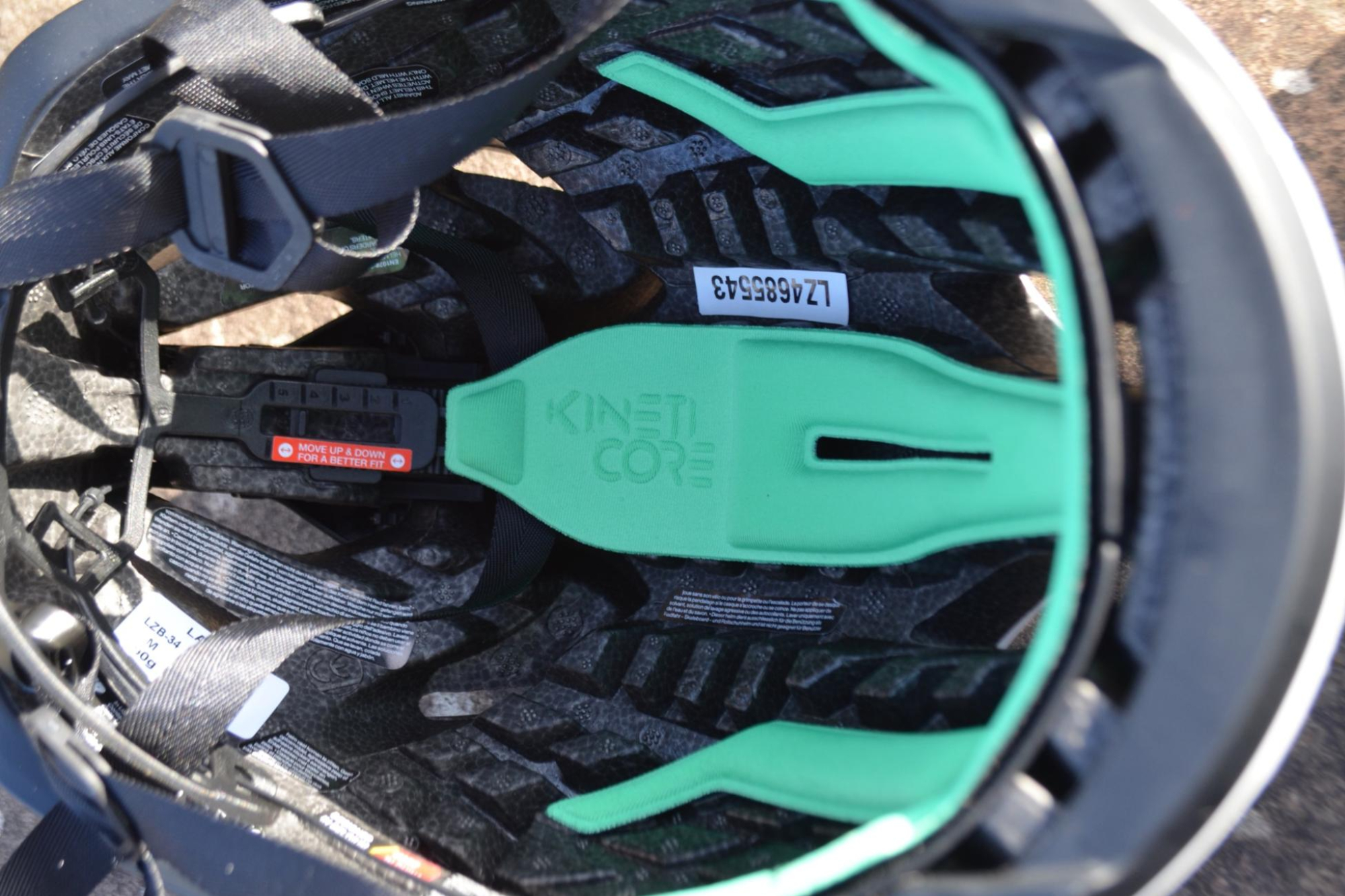
The helmet feels nice and looks well-constructed. The KinetiCore inner seems very solid, and it may sound odd, but I feel a bit more comfortable about the prospect of crashing in this helmet than with others I own.
The straps are very easily adjustable and they don't flap about. The roller retention system at the back is pretty good and an improvement on previous Lazer helmets, due to being larger, grippier and thereby allowing you to do smaller micro adjustments. That said, I do prefer a regular dial still. The lack of dial on the cage does make it ponytail-friendly though.
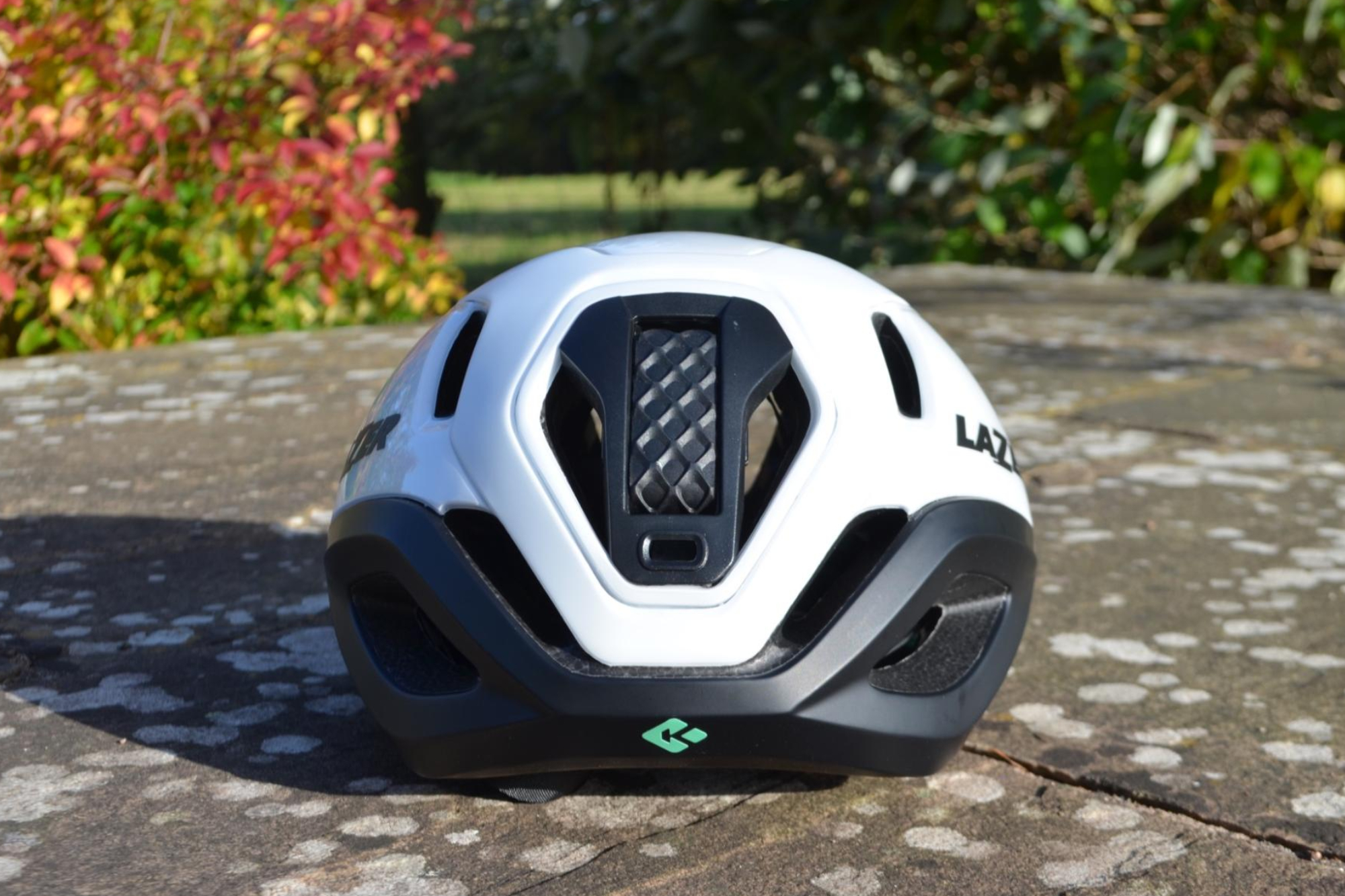
Putting the helmet on is a little bit of a faff because you have to hold the retention cage in place, but once you have the helmet on, it feels secure on the head and has good coverage. The padding inside also feels comfortable and although there doesn’t appear to be that much of it, it’s more than adequate.
The vents on the side are supposed to accommodate sunglasses and hold them, but in practice I found it difficult, even when trying many different models. The rubber grippers do mean the glasses stay in place when stationary, but with the holes being so small only a small portion of the arms of the glasses actually reaches into the helmet and it just doesn't feel so secure.
A big plus for this helmet us that it has been independently verified with a five star safety rating and, at the end of the day, the main purpose of a helmet is to protect our heads.
Lazer Vento KinetiCore: the ride
Going out on the first ride the temperature was about 63°F / 17°C, so not exactly cold but also not really the scorching temperatures we’d want to properly test the ventilation in.
The helmet performed well straight away and, via the two large vents at the front, I could feel cool air passing over my head. Another thing that I noticed was that when there was a crosswind, I could feel the back of my head getting cold. Potentially this could be due to what Lazer describes as the Venturi ventilation effect, meaning that the air is expelled out of the rear vent faster than it entered.
It’s why the vents on the side of the helmet at the front are quite small but still serve a purpose in with increasing the speed of the air behind the helmet to increase the amount of airflow. It’s hard to say exactly how well this works, but I didn’t find the helmet got too hot on my initial ride, even with some fairly flat out efforts thrown in there to build up heat.
When I did do some longer, slower climbs, ventilation was similar to other aero helmets I’ve tested – and to a few specifically well-vented ones as well. I also didn’t get any issues with sweat dripping down onto my sunglasses, which I find can be a problem with quite a lot of helmets.
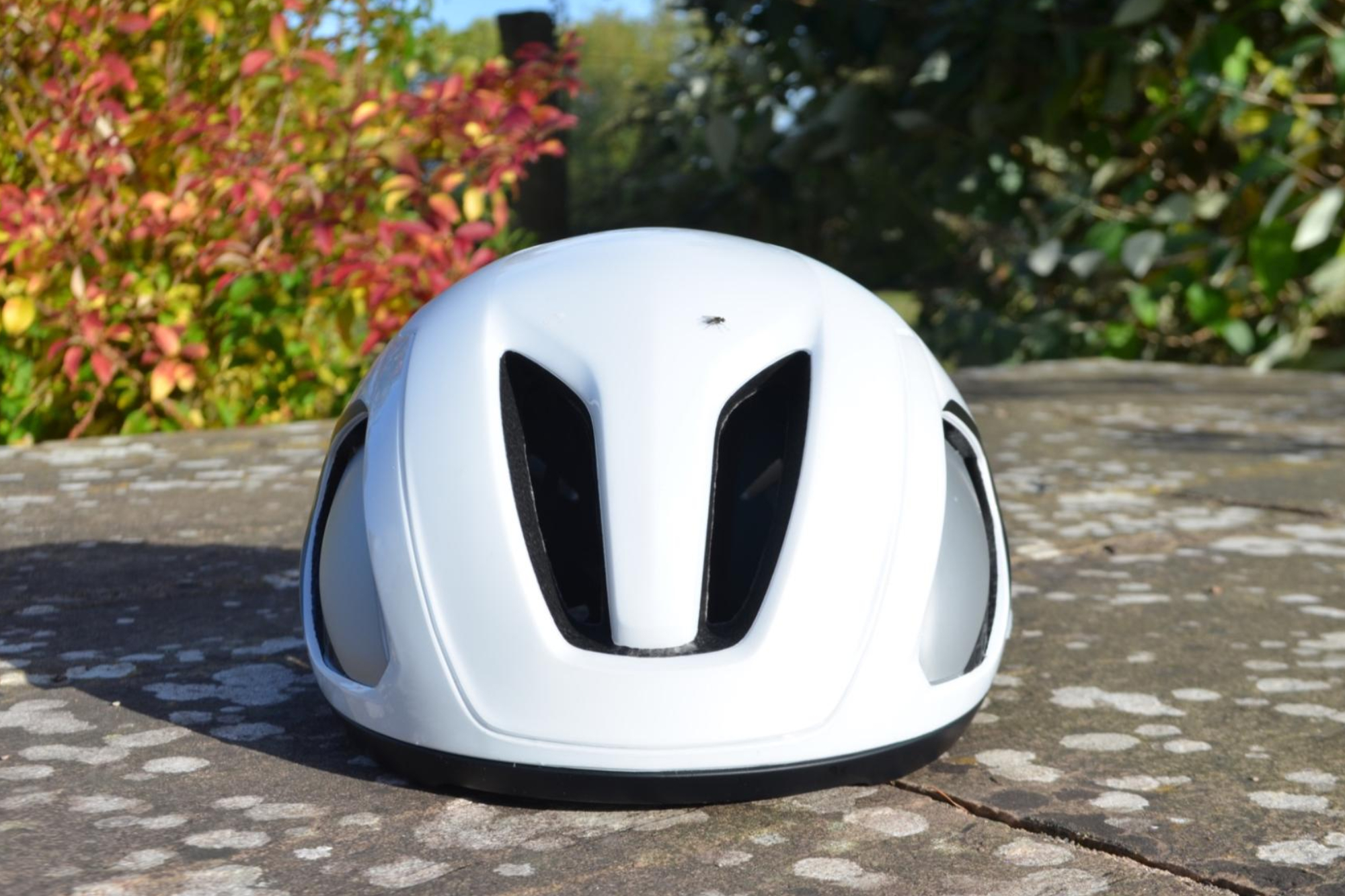
In terms of aerodynamic performance, the Vento was designed and tested at a 15° angle as that was deemed the angle that most of their pro riders had their heads during a sprint. It was a noticeable when putting my head a bit down and going on the attack I did feel like I was gliding along the road.
It was also noticeable on my test loop that I went a bit faster than usual for the same power and heart rate – although this isn’t a particularly accurate measurement. Aerodynamics will also always be dependent on how the helmet interfaces with the rider and it's a lot more complex. But from personal experience of using plenty of aerodynamic and non-aerodynamic helmets, this did feel “fast”.
Personal preference of course, but I think the helmet also looks really good and doesn’t look like a mushroom when it’s on your head, although based on current aerodynamic trends – perhaps a mushroom helmet will turn out to be the fastest helmet.
The Lazer Vento KinetiCore also feels very comfortable in use and I never felt any pressure points on the sides of my head, which has been an issue with some helmets before.
Lazer Vento KinetiCore: value and conclusion
At $299.99 / £259.99 it is not a cheap helmet, but sits well in the price range for high performance helmets. At 291g for the medium, it is heavier than some of the competition, with the Evade 3 coming in at 260g (CE) and 290g (CPSC) and only slightly more at $300 / £275 . The Giro Eclipse which we recently reviewed is $290 / £239.99 and only 270g (M). So value-wise it sits in that ‘high performance helmet’ bracket. The 5-star independent safety rating is a big selling point to me, but overall I'd say you wouldn't be buying this based solely on the price.
If you want one of the best aero helmets then the Lazer Vento is a very fast choice with a good level of ventilation when at speed. Although we haven’t got independent testing, it does feel noticeably fast when out on the road and has achieved many wins at the highest levels in cycling.
It’s very comfortable to wear and the retention system is a big improvement on previous Lazer designs. The glasses port is not particularly good as it is a bit too wide for most glasses. The helmet is also on the heavier end of the spectrum but not noticeably so for me personally.
In terms of value this is an expensive helmet, but the most important part of the helmet in my mind is how much it protects the head, and the amount of crash protection and anti-concussion technology in this helmet makes it well worth it to me.

Thank you for reading 20 articles this month* Join now for unlimited access
Enjoy your first month for just £1 / $1 / €1
*Read 5 free articles per month without a subscription

Join now for unlimited access
Try first month for just £1 / $1 / €1
Get The Leadout Newsletter
The latest race content, interviews, features, reviews and expert buying guides, direct to your inbox!
Andy is a Sport & Exercise Scientist, fully qualified and experienced Cycling Coach, Sports Director, Freelance Writer, and Performance Consultant. He spent 3 years riding for a UCI cycling team and 7 years as a BC Elite rider, competing in prestigious events such as the Tour of Britain and the Volta a Portugal.
Graduating with a first-class honours degree in Sport & Exercise Sciences, he continues to pursue his interest in research in the field of Sport Science alongside managing his coaching business, ATP Performance. He also works as a Wind Tunnel operator and Performance Consultant at the Silverstone Sports Engineering Hub, working with individuals, teams, and businesses to optimise performance and develop products.
-
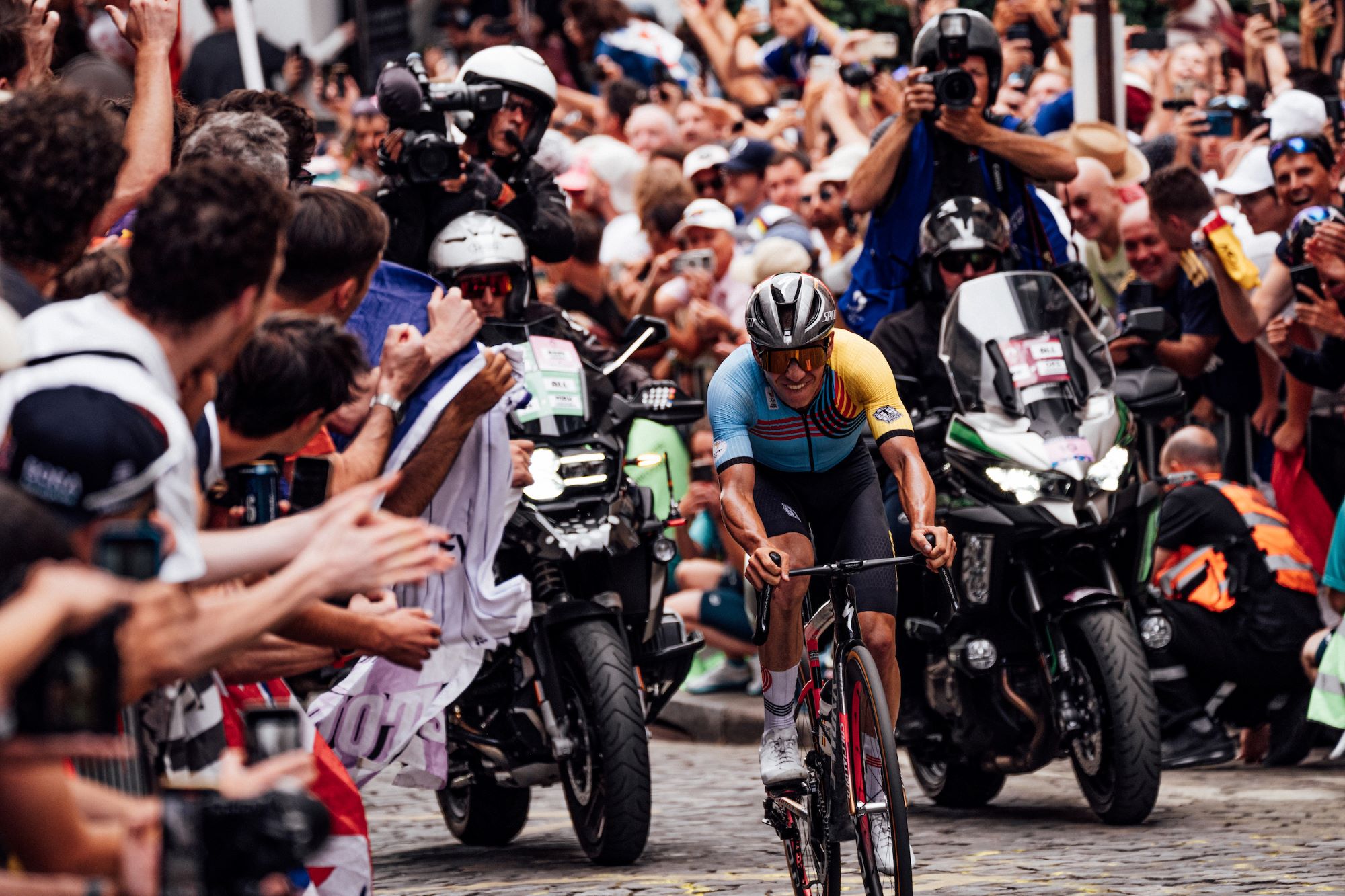 Remco Evenepoel hails end of 'dark period' and announces racing return
Remco Evenepoel hails end of 'dark period' and announces racing returnOlympic champion says comeback from training crash has been 'the hardest battle of my life so far'
By Tom Thewlis Published
-
 A bike rack with an app? Wahoo’s latest, and a hub silencer – Sea Otter Classic tech highlights, Part 2
A bike rack with an app? Wahoo’s latest, and a hub silencer – Sea Otter Classic tech highlights, Part 2A few standout pieces of gear from North America's biggest bike gathering
By Anne-Marije Rook Published
-
 Cycling's riders need more protection from mindless 'fans' at races to avoid another Mathieu van der Poel Paris-Roubaix bottle incident
Cycling's riders need more protection from mindless 'fans' at races to avoid another Mathieu van der Poel Paris-Roubaix bottle incidentCycling's authorities must do everything within their power to prevent spectators from assaulting riders
By Tom Thewlis Published